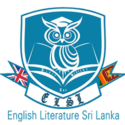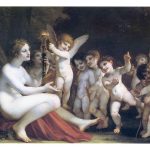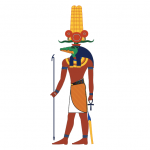The Eagle - Alfred, Lord Tennyson (1809-1892)
The Eagle by Alfred, Lord Tennyson – analysis
The eagle by the English poet, Alfred, Lord Tennyson is an extremely short poem written in the Victorian era. Many readers of the poem misunderstand that the poem is a fragment of a lengthy origin because of its short length, and of its ambiguous ending. Many teachers who teach the poem are not fully aware of its capacity and the metaphorical reach, thus ends up underestimating the literary masterpiece. Read the complete annotation of the poem and find out its themes, techniques and all the unexplored figurative senses.
The Eagle by Alfred, Lord Tennyson -Poem
He clasps the crag with crooked hands;
Close to the sun in lonely lands,
Ring’d with the azure world, he stands.
The wrinkled sea beneath him crawls;
He watches from his mountain walls,
And like a thunderbolt he falls.
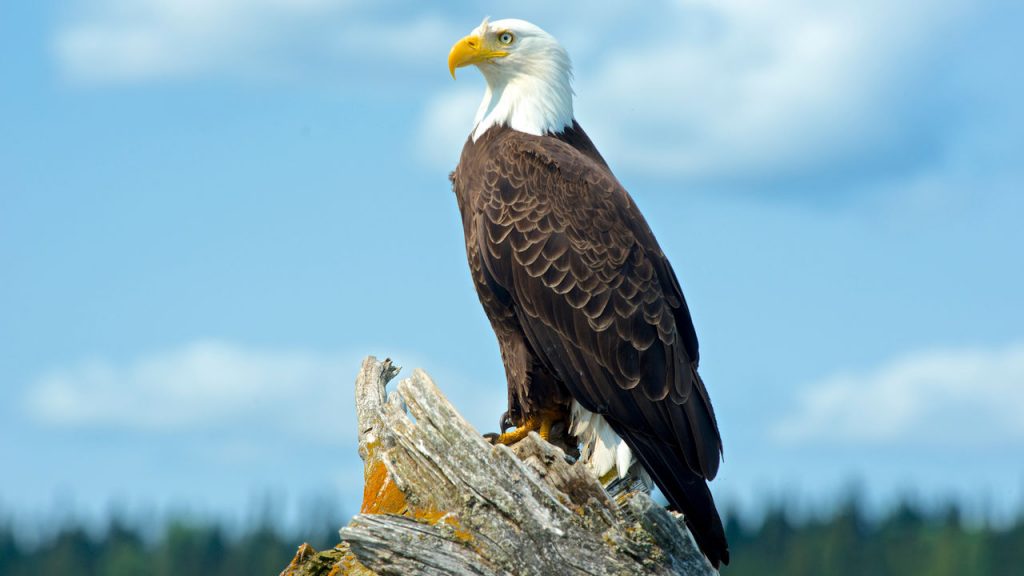
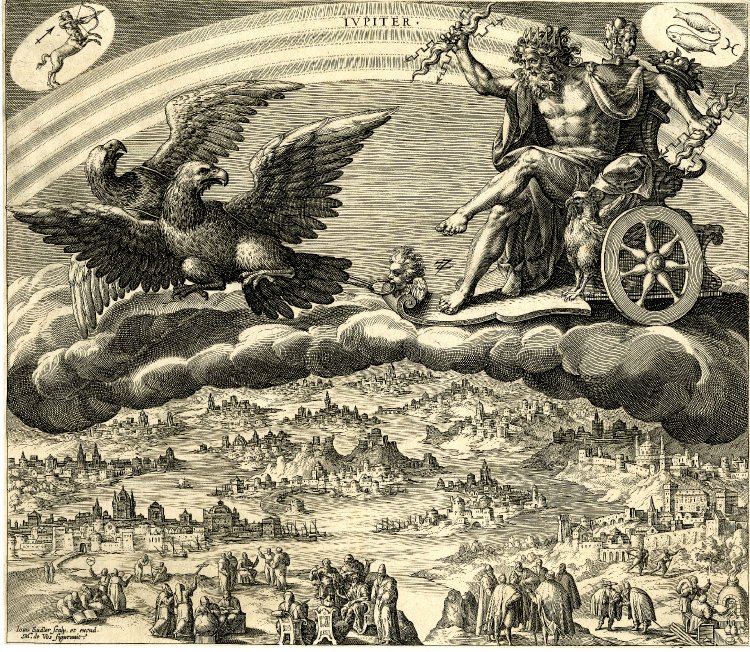


The Eagle
“The eagle” is one of the shortest bird poems ever written in the history of English literature. The eagle is a predatory bird which fundamentally symbolizes power as it is one of the animal associates of the Greek god Zeus. Furthermore, the eagle functions as man’s connection to the divine because of the aforesaid connection, and of its ability to fly extreme heights. The bird further functions as a symbol of justice; therefore, it is necessary to Carefully annotate the poem to discover its figurative ideas; to find out whether the poet simply attempts to paint a picture of an eagle in the reader’s mind or to convey something metaphorical.
He clasps the crag with crooked hands;
To start with, the poem opens up with a personal pronoun which is used to replace a human name, thus human characteristics are attributed to the raptor. Many teachers classify this technique as a personification, but ELSL says no to that. One can use a personification to attribute life or human characteristics to an inanimate object or an animal, but in the case of Tennyson’s eagle, it literally behaves more like a human being, than an animal. Therefore, it is called an anthropomorphism, NOT a personification.
“He” is a personal pronoun which is dedicated to specify masculine human names, and to the disappointment of our female students, Tennyson wasn’t thinking about you when he was writing the poem, but he was focusing on exploring the power of the masculine.
OK, now we are done with the first WORD, lets move to the second. When Tennyson had the chance to use another lexical, he still picks “clasps” which is rather ambiguous to be annotated. One the one hand, “clasps” suggests the power of the eagle as he holds the “crag” firmly. One the other hand the poet uses the word to indicate the action of embracing, which then contributes to specifies the connection between the anthropomorphized eagle and the crag, which is an element of nature.
Well, now you can see that the lexical choice of Lord Tennyson is prudent, so that it will attribute layers of meanings to the literary work.
“Crooked”, literally suggests the physically twisted nature of the talons of the eagle. In a different perspective, “crooked” denotes dishonesty as well. Based on the second meaning of the word, you can understand the idea, how the eagle – a symbolic of justice in humanoid form has “crooked” hands, seems to be self-contradictory.
Do eagles have hands? NO, human beings do. Then let’s take a look at the last word of the first line. Tennyson uses another anthropomorphism to attribute human characteristics to the eagle. At the same time the word, “hands” functions as a symbol of power, which then openly exhibits the masculine strength of the eagle.
Now let’s take a step back and look at the overall line. Once the line is read aloud, the reader can obviously notice the prominent harsh consonant “c” (keh) sound which is called a cacophony in the world of literature. Poets use cacophonies to clue the readers that ideas such as danger, death, and violence are present in the literary work.

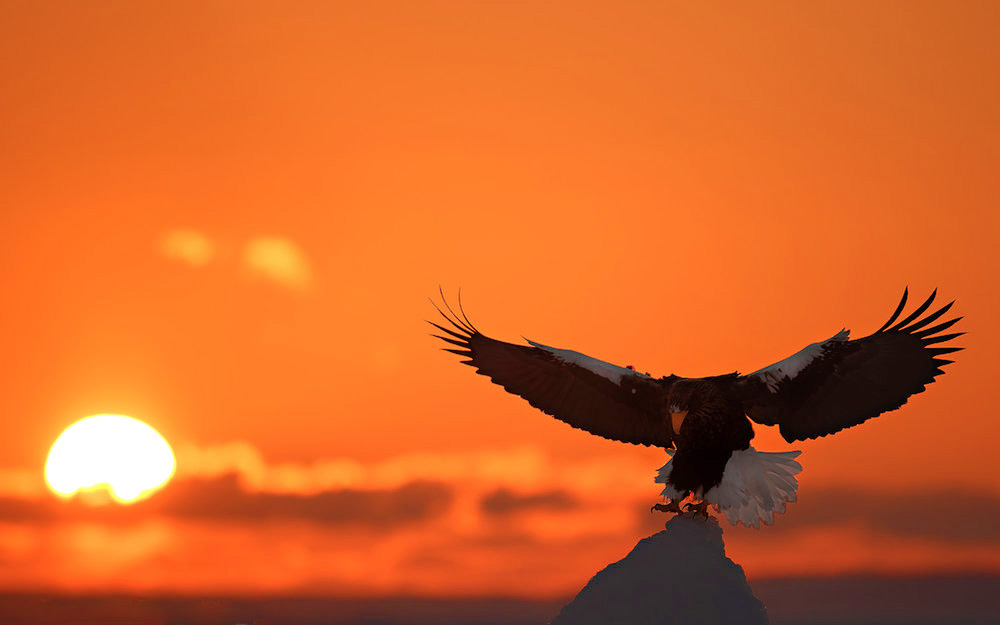
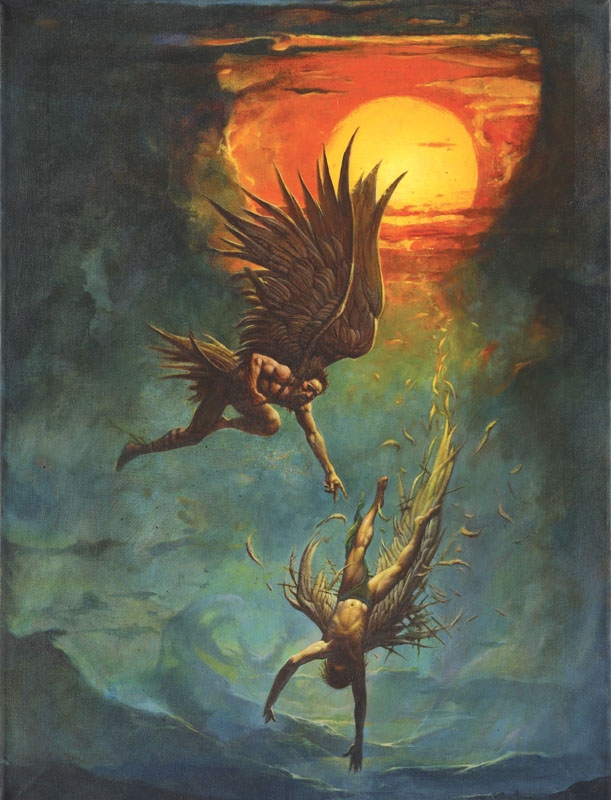

Close to the sun in lonely lands,
Tennyson starts the second line with a hyperbole. Because of the eagle’s ability to maintain its proximity with the sun, divine power is attributed to the eagle. To better understand why ELSL talks about divine power, you have to read the story of Icarus
In ancient mythological Greece, flying above Crete on wings made out of wax and feathers, Icarus, the son of Daedalus, defied the laws of both man and nature as an attempt to escape the punishment given by king Minos, because his father helped the king’s wife Pasiphaë to have sex with a bull as she was cursed by the Greek god, Poseidon. Ignoring the warnings of his father, Icarus flew higher and higher so that the people below witnessed him as a god. But in ancient Greece, the boundary which separated man from god was absolute, and the punishments for mortals who attempted to cross it were severe. Overwhelmed by the divine power attributed by the flight, Icarus flew close to the sun only to find out his wax wings can not surpass the power of a god, and had to pay the price by his life.
The last two words indicate that the geographical location where the eagle reigns. It seems to have no liveliness as Tennyson theorizes the connection between power and loneliness, which is strengthened by the alliteration of “L” sound. Most of the beasts of nature who are in the upper section of the food chain seem to have solitary living conditions – individually or as a species, thus Tennyson figuratively indicates a primary characteristic of power.
Ring’d with the azure world, he stands.
In the first word, you can see that the letter “e” is dropped in order to maintain the rhythm of the poem. We call that literary technique an elision. However, the reader can understand the sense of the word once the rest of the line is read. Keep in mind that “Ring’d” is a passive verb, which has been done to the anthropomorphized eagle by someone.
Azure is a colour. It is the bright blue colour of the cloudless sky, and simply the azure world is a metaphorical statement for the vast blue sky.
Have you ever seen a halo of an angel? If not, look at the right-side column. The ringed eagle, of which the halo is the vast blue sky on the one hand illustrates its elevated location and it simultaneously attributes divine power to its character, as halos are unique to divine creatures.
Furthermore, note how the anthropomorphism extends to this line and how the poet further elaborates the humanoid behavior of the bird with the usage of the lexical “stands”.
Now that the annotation of the first half of the poem is over, let’s have an overview of the entire stanza. The rhyming scheme of the stanza is “a, a, a”. When there are only three lines in a stanza, critics call it a tercet. A tercet has many variations such as triplet, haiku, enclosed tercet, Sicilian tercet, and terza rima. Among them, triplet is one of the rarest forms of poetry ever written in English literature, and “The Eagle” by Alfred Lord Tennyson is such a masterpiece of literature. Now don’t get yourself carried away by finding things your teacher didn’t teach you, ELSL got your back.
Meanwhile, don’t forget to notice how the first line consists many harsh consonant sounds aka cacophonies, the second line has pleasant vowel sounds aka euphonies, and the last line again contains harsh sounds. This variation of sounds creates the effect of ups and down and elucidates the turbulent atmosphere in which the eagle lives.
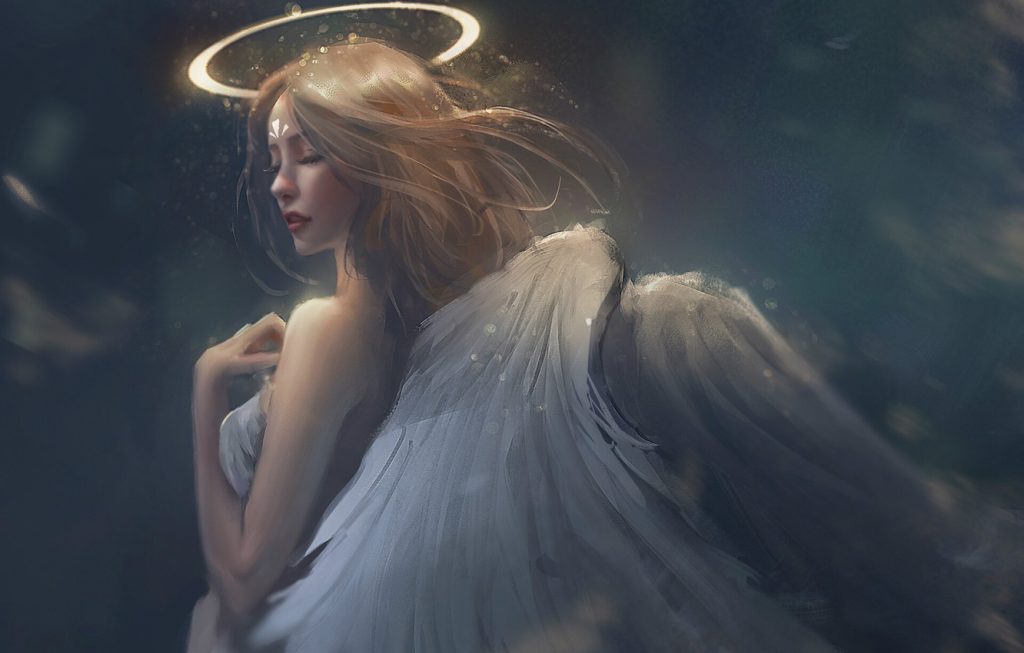

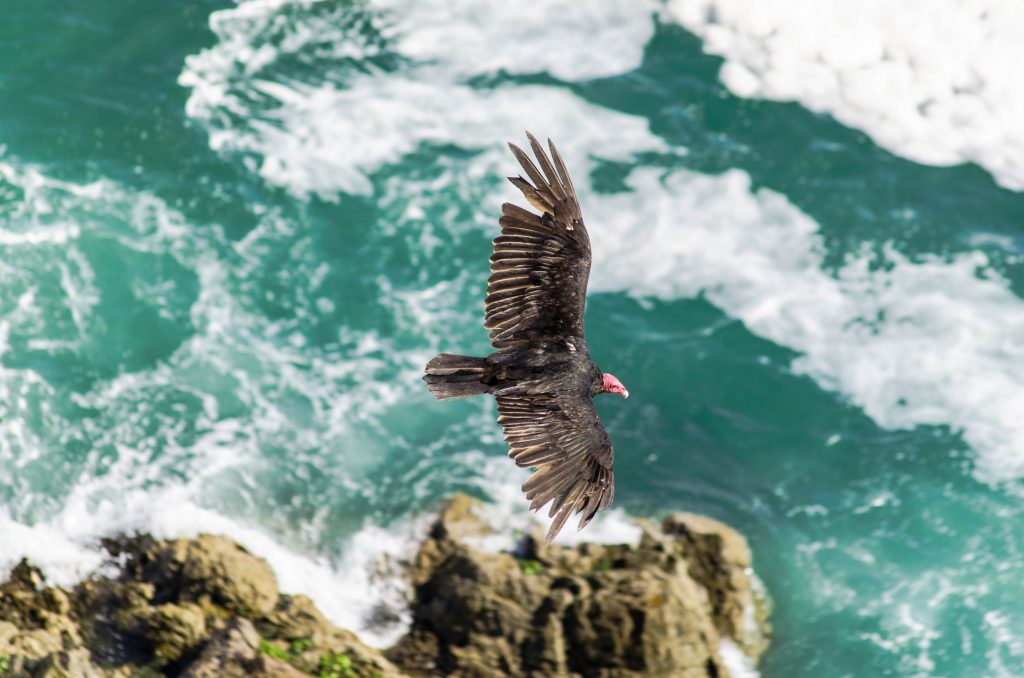
The wrinkled sea beneath him crawls;
To be wrinkled is to be physically marked by many lines similar to the skin of an elderly person. To the vintage point of the eagle, the sea seems to have a texture which is similar to an old man.
The sea is thus personified in order to indicate that the power of the eagle surpasses the vast sea, which is another element of nature similar to the “azure world”
Note that the “sea” which is “beneath” the eagle further contributes to add emphasis to its overwhelming power
And obviously the anthropomorphism which initiated in the first line still extends throughout the poem.
Next, the action performed by the sea is quite unusual. First of all, the sea can not intentionally perform an action and doing so makes the sea a personified object. Crawling is to move by dragging the body, like a small animal. The lexical choice in of the poet again emphasizes the power of the eagle which exceeds nature.
He watches from his mountain walls,
The anthropomorphism extends to this line as well, as the poet describes another unique action of the eagle. It watches the atmosphere as if it is the governing body of the area. The eagle does not look, nor sees, but it watches; the word choice of Tennyson again stands out as it adds intention and consciousness of a vigilant human being to the bird.
Next, the poet uses a possessive pronoun to indicate the possessive power of the eagle. The mountain belongs to him, and he is the ruler of the area. Do you remember the time how your principal or headmaster stands near the entrance of the school to see whether you adhere to the sacrosanct school rules? Well, the behavior of the eagle thus simulates the idiosyncrasy of an autocratic ruler.
Apart from the dictatorial nature of the eagle, the poet implies to evince the inaccessibility of the eagle’s location. Walls are usually used to enclose and to divide an area of land. Therefore, the metaphor, “mountain walls” functions in the line to add emphasis to the possessive nature of the eagle, and its unreachable position
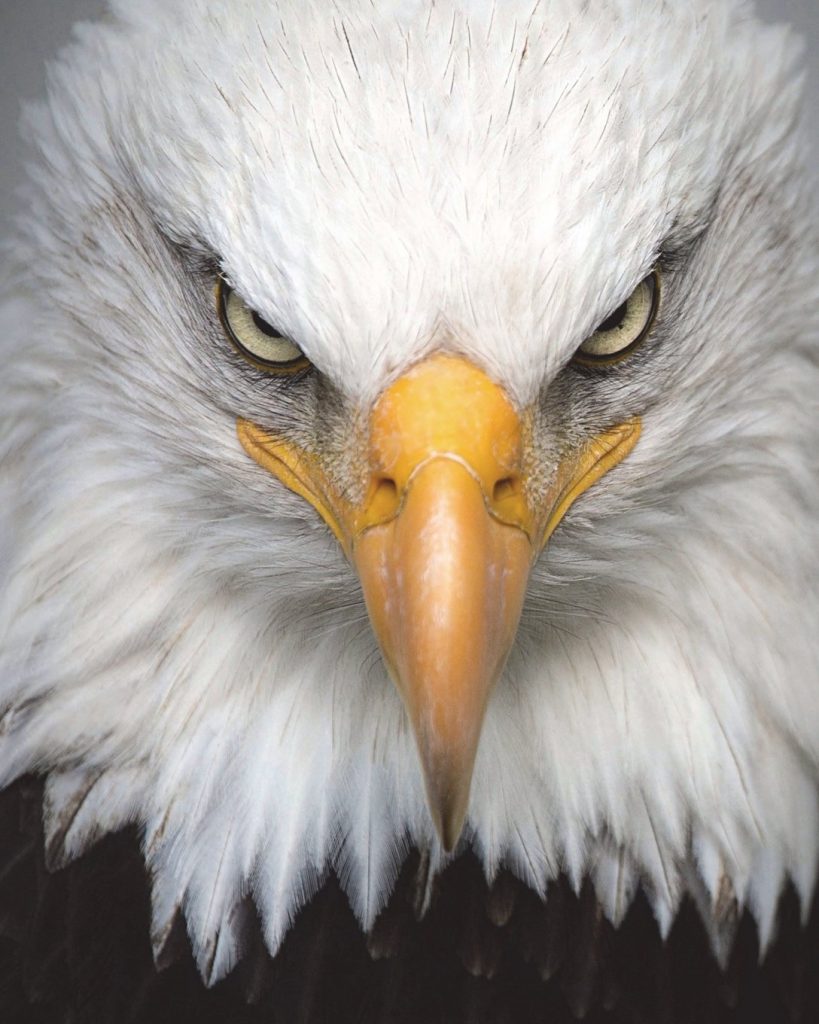
And like a thunderbolt he falls.
The meaning of the entire poem becomes equivocal thanks to this line. Your teacher might say that the eagle is just going to hunt. Well, it seems fair, but ELSL says NO to that. So, buckle up, we are now entering the crux of the poem.
The line opens with the coordinating conjunction, “and”; therefore, the sense of the clause links to the previous line where the eagle “watches from his mountain walls”. In a practical sense, the eagle should be observing a potential prey, but the poet does not exactly say so in the second triplet of the poem. Then we have to find out what is exactly attacked (IF the eagle is actually hunting). It should be something vulnerable, or weak. The only aforesaid characteristics are possessed by the personified “wrinkled” sea, which “crawls”. Therefore, the action of the eagle can be seen as an attempt to attack the wrinkled, crawling sea; which is a venture to surpass the power of the natural law – an action which simulates the ego of Icarus.
Next the poet uses a simile “like a thunderbolt” to emphasize the swiftness and the vigour of the eagle in a literal level. Do you remember, back in the distant past, when we annotated the topic, we revealed that the eagle is an allusion to the Greek god Zeus. So is the “thunderbolt”. It is the most powerful and most feared weapon ever crafted by Cyclops to help Zeus to defeat his father Coronus. The thunderbolt gave Zeus ultimate power over the sky, and over all gods. Therefore, the sophisticated reader can understand the power of the eagle, and its capacity.
The anthropomorphism still extends to the final line and the poet ends the poem leaving a doubt in the minds of the readers, whether the bird is actually hunting, just falling dead, or the action indicates something metaphorical.
To understand the metaphorical value of “fall” we have to time travel back to 17th day 2nd month 8th year after the creation of Adam. His wife Eve was tempted by a serpent to eat the forbidden fruit of the God, and both of them had to be punished. The transition from innocence and obedience to the state of guilty and disobedience is called the fall of mankind.
Apart from that, there are many other falls such as the fall of seven angels, and the fall of Lucifer where beings of higher kind lose their divinity and power, and get themselves cast in to worse conditions. Because of that, the falling of the eagle has an obscure sense which extends deeper beyond its literal meaning.
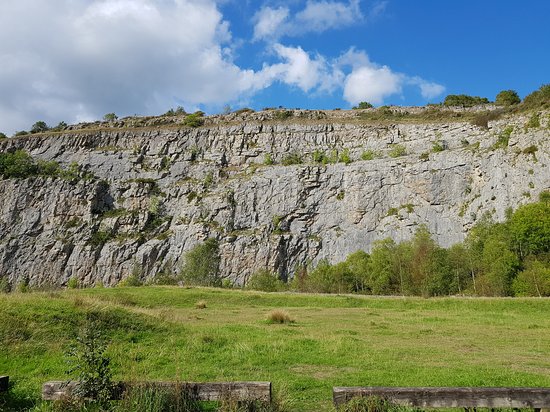
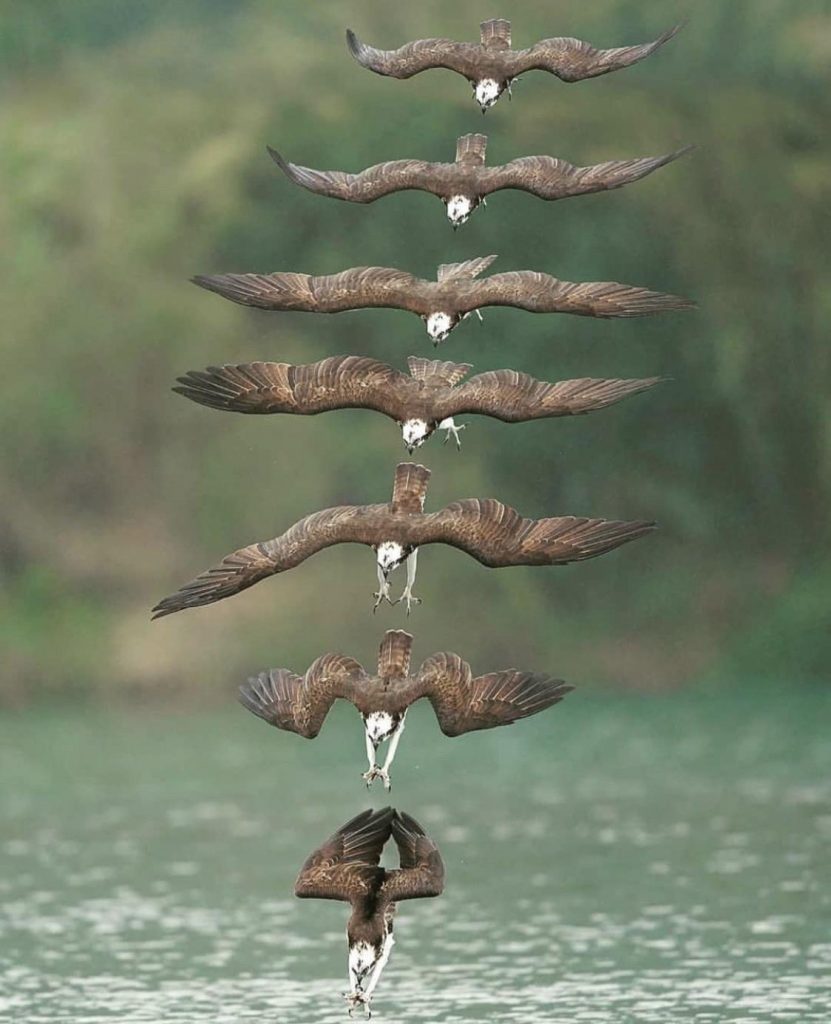
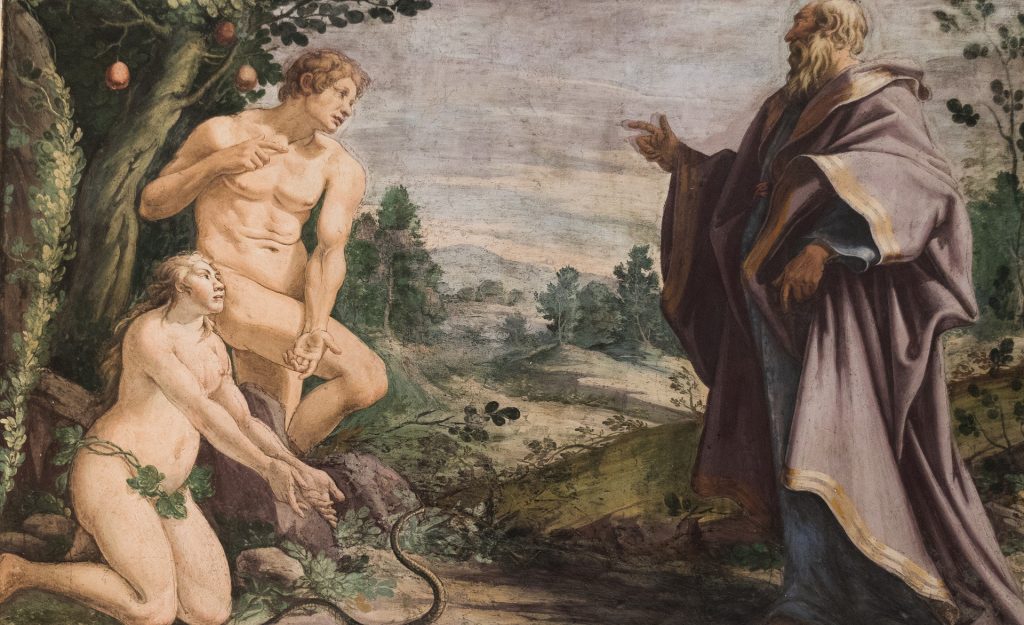
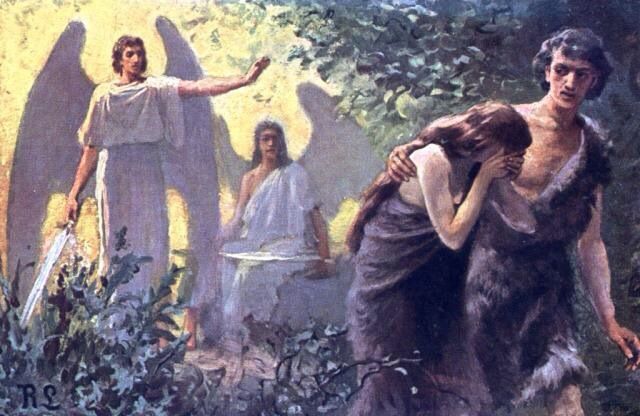

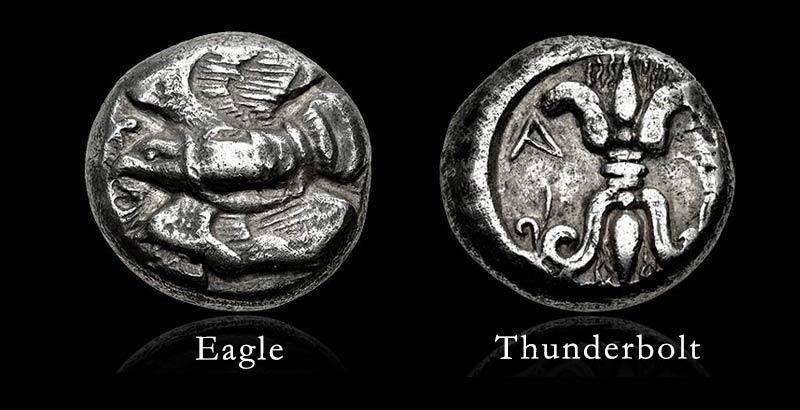
Well, it is time to come back to the reality. Let’s have an overview of the entire poem. Similar to the first stanza, the second one too is a mono rhymed triplet, which is a very rare form of poetry. When you look at the poem, it is very clear that the it is extra short, and it hardly satisfies the curiosity of the reader. Universally, poets use the triplet form in order to point out the transient nature of the subject of the poem. Therefore, the reader can clearly understand that the power of the eagle, or the mighty raptor itself is not eternal. Even though it wields power which surpasses the natural law, it will come to an end one day.
Copyright © 2020 ELSL. All rights reserved
Themes
Masculine power
Possessive nature of power
Transient nature of power
Loneliness
Egoism
Subscribe to our YouTube Channel to gain access to all the new video lessons.
